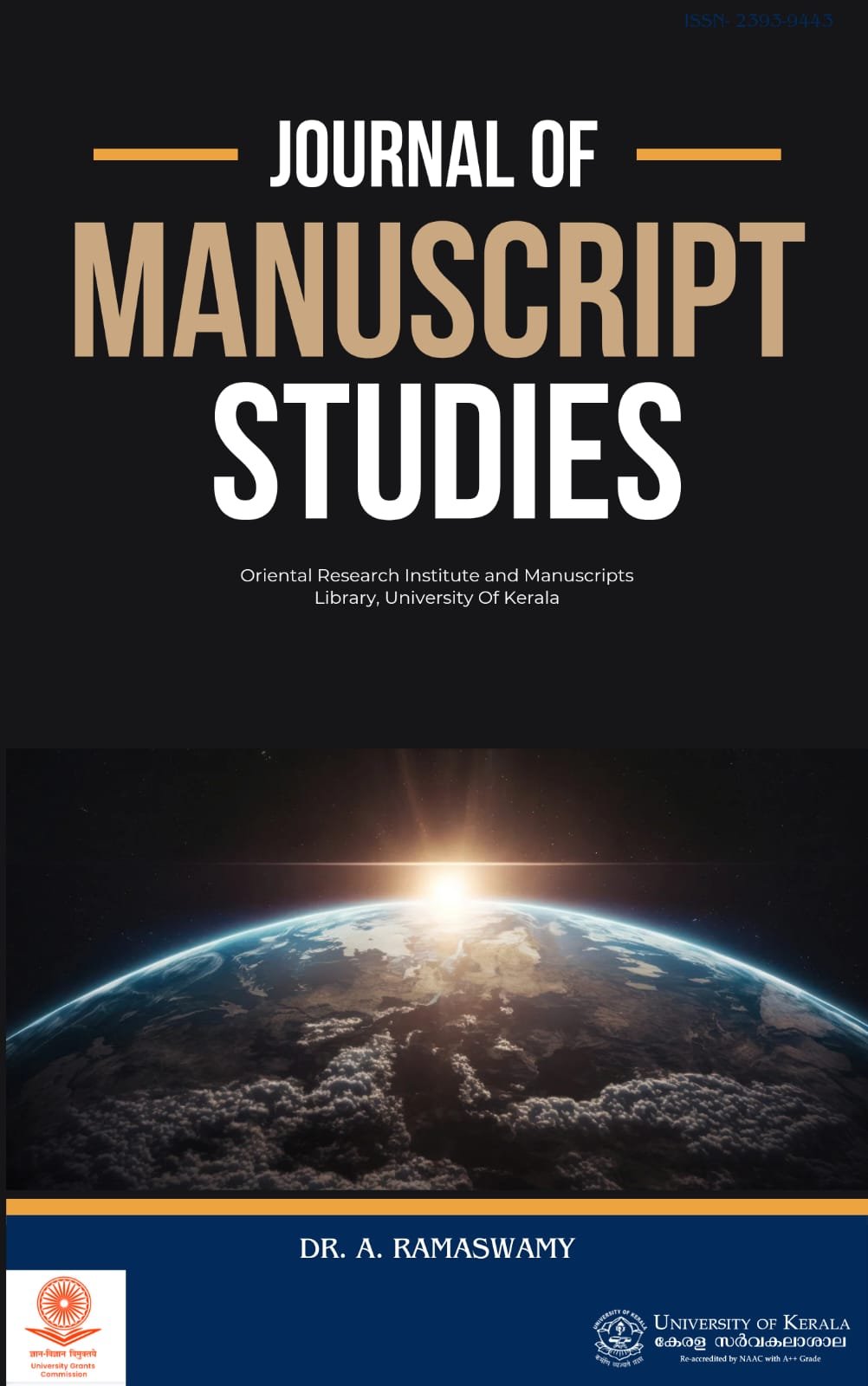Adaptation to the vulnerability of paddy cultivation to climate change based on seasonal rainfall characteristics
Keywords:
Climate change, cropping calendarAbstract
This study was aimed at identifying adaptation
measures to the vulnerability of paddy cultivation in the Dry
and Intermediate Zones of Sri Lanka, based on rainfall. The
spatial distribution of the onset time of rains, the length of the
Yala and the Maha seasons and the number of dry weeks within
seasons were determined using weekly rainfall data from 36
rainfall stations in the Dry and Intermediate Zones. Based on
the seasonal rainfall characteristics, the cropping calendars for
rice crops for each agro-ecological region (AER) were prepared.
This study discloses a high spatial variability of the onset time
of both the Yala and Maha seasons. Many AERs in the Dry Zone
and some AERs in the Intermediate Zone do not have a distinct
Yala season. The Yala rains in the Dry Zone are highly variable
and the most probable length of the season may not exceed four
weeks from the onset time. During the Maha season, there is
enough rain water for paddy cultivation. The proposed cropping
calendars can be used as a tool in farming activities from the
land preparation to harvesting. Such information could assist to
reduce the amount of irrigation water required and the frequency
of water issued from the tanks in the respective regions without
a wide margin of errors. It can also be used as a decision support
tool in planning rainfed upland agricultural systems as well. The
identification of dry periods within a season is necessary for the
farmers to be aware and adapt to recent advanced technologies
to reduce the water use for rice cultivation. Periodical checking
and revision of the cropping calendars with future climate
predictions are recommended.

Downloads
Published
Issue
Section
License

This work is licensed under a Creative Commons Attribution-NonCommercial-NoDerivatives 4.0 International License.













